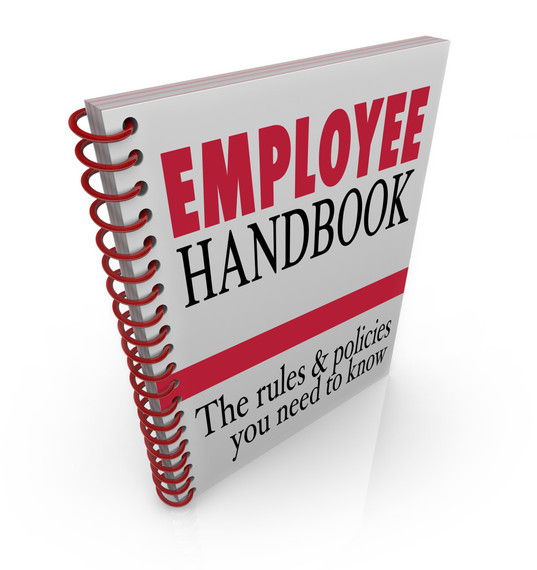A new year brings with it an opportunity to look back and evaluate successes and challenges and make new plans for the year ahead. As you anticipate the start of 2016, remember the importance of HR planning within all areas of your business.
Complete a Review of HR Policies
One of the most crucial aspects of your HR planning is policy review. And the best place to begin a comprehensive review of your policies? Your employee handbook. When it comes to HR solutions for small businesses, this one document contains everything needed to effectively manage employees and handle day-to-day responsibilities.
Many business owners and managers become overwhelmed at the thought of reviewing their human resources hiring processes and everything contained within the pages of the all-powerful handbook. And rightly so--that's a lot of information! But this review is vital to your ongoing success and to ensuring your company remains in compliance with increasingly aggressive employment laws.
In order to help you, we've broken down the typical employee handbook into the most important sections for review. Here are seven sections, along with things to remember about each.
- Background Check Policies. Many employers use criminal and credit checks to help determine if a candidate is the right fit for their company. When making your decision, be careful that these checks don't have a negative impact on certain groups of people. For example, if someone has been convicted of a crime, consider the type of crime and whether it affects this person's ability to perform the job.
- Application Forms. Your new hire packet should include a comprehensive employee application form that gives you all the information needed to make your decision, without putting you at risk for a discrimination law suit.
- I-9 Forms. Employers in all states are required by the federal government to verify and record employment eligibility of all workers using this form. New versions are released periodically, so it's important to make sure yours is the most current.
- Classification of Workers - There are two things to consider under this category: exemption status and employment status.
- Exemption status: The law requires that employees not only receive at least minimum wage, but that they also receive additional compensation for any hours worked beyond 40 each week. Certain job positions are classified as exempt from these requirements, meaning they aren't guaranteed overtime pay. The federal law is a bit complex and individual states may have additional regulations, so consider speaking to an HR expert while reviewing this part of your handbook.
- Employment status: Some employers choose to work with independent contractors in order to avoid certain obligations. However, the guidelines for classifying independent contractors are stringent, and you may have workers who fall under the classification of "employee." This could lead to legal repercussions, since these workers who are being treated as independent contractors may not be receiving everything the law requires.
- Pay Practices. While it's expected that varying positions earn varying salaries, government employment agencies strive to promote pay equity. This means that similar positions should receive similar pay, regardless of race or gender. Conduct a self-audit of your pay practices and begin working on those areas that don't reflect equity.
- Social Media Policies. Many companies have begun laying out specific "dos and don'ts" for employees' interactions on social media. However, some social media communication regarding terms and conditions of employment is protected under the National Labor Relations Act. Make sure the language of your policy makes it clear that you do not prohibit these types of communication.
- Medical Leave Policies. When reviewing these policies, you want to make sure they don't call for the termination of employees who have been on leave for a specific amount of time. Instead, communicate that the employer and employee will engage in a discussion of reasonable accommodations (interactive process) or extension of the leave of absence before the employee is terminated.
Margaret Jacoby, SPHR, is the founder and president of MJ Management Solutions, a human resources consulting firm that provides small businesses with a wide range of virtual and onsite HR solutions to meet their immediate and long-term needs. From ensuring legal compliance to writing customized employee handbooks to conducting sexual harassment training, businesses depend on our expertise and cost-effective human resources services to help them thrive. This article first appeared on the MJ Management Solutions blog.
